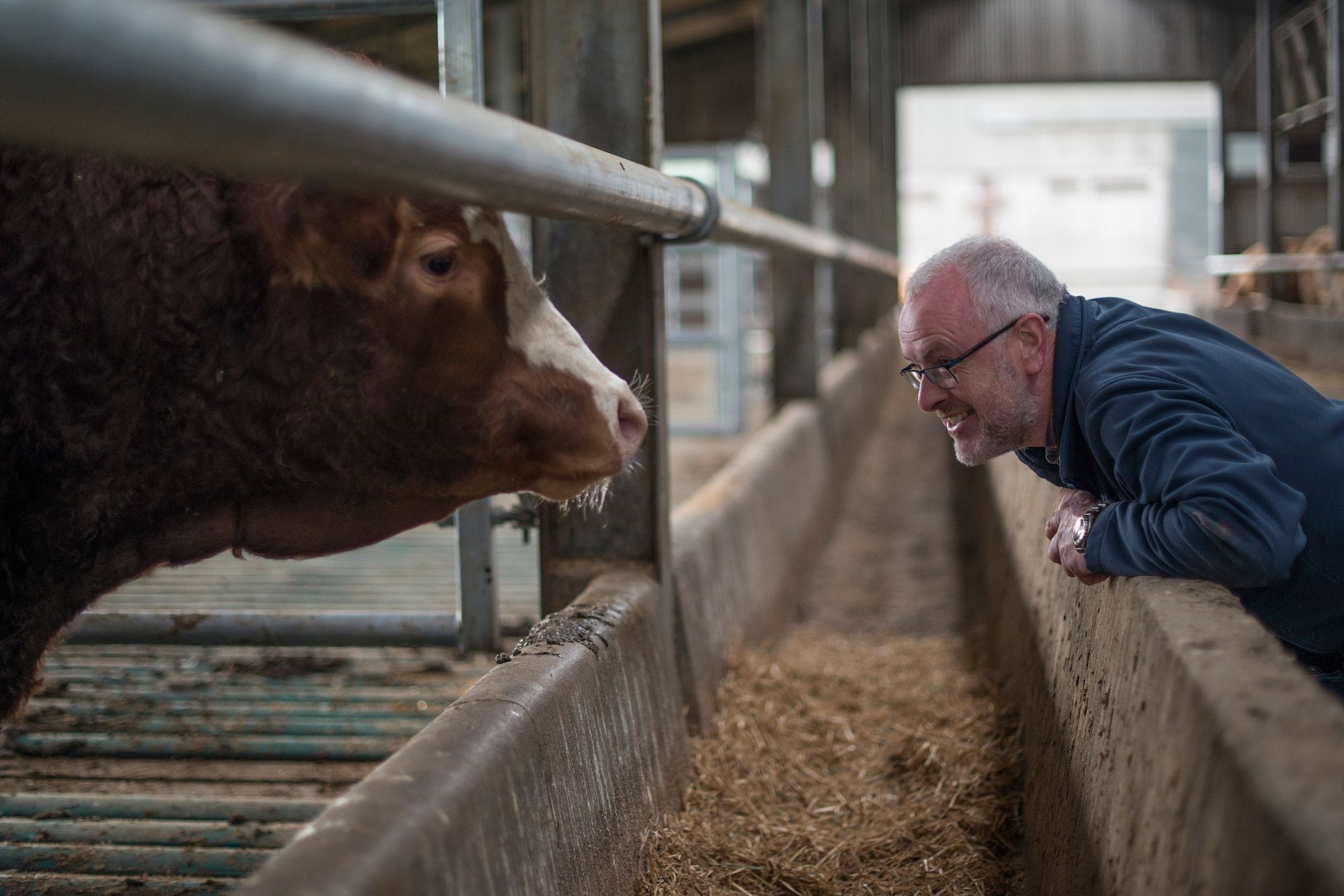What to Do When Things Go Wrong With Your Septic System
What Is a Septic System?
If you’re like me, you grew up without a septic system and didn’t even know what they were until you moved away from the city. To help you avoid a dirty disaster, I’ve gathered some information to help you learn more about what a septic system is along with some useful tips.
- Your septic tank may be made of plastic or concrete and you may have more than one.
- Your tank may have a filter called an effluent filter to help keep debris out of your treatment system or septic field.
- Effluent is the liquid discharged from the septic tank into the field, where it then seeps into the ground.
- You may have a treatment system attached to your tank. It may be adding chemicals, air or other treatments to make the effluent cleaner before it gets to your field.
- The field acts as a filter for the effluent coming out of the tank. It may consist of sand, gravel and pipes, as well as fabric or straw to keep the sand from getting into the gravel.
- A septic field is aerobic — that is, it must breathe for the bacteria to do their job.
- Your tank will form layers such as soaps, fats, oils and greases (FOGs) at the top, clear liquid effluent in the middle and sludge waste at the bottom.
Oh Crap! My Toilet Won’t Flush
Here are my top five things that can go wrong based on some personal experiences and how I can help you avoid more serious problems:
Put a Halt to Hairballs in the Shower
For some reason, I may have a bit of hair pile up on the shower drain. I use a screen over the drain to prevent a hairball from forming and blocking the drain, and I clean the screen as often as needed.Avoid Yuck in the Yard
If it smells like sewage, it probably is. Don’t touch it, don’t let your kids play in it and don’t let your pets drink it. Call your local septic installer for assistance.Don’t Rush the Flush
Put personal care products, wipes and other non-degradable items in the garbage. Speaking from experience, even with an effluent filter in your septic tank, you can still plug it with the wrong things going into the toilet.Tackle the Tank
Every three to five years have your tank pumped by a licensed septic tank pumper. Follow the pumper’s recommendations based on how much sludge they pumped out to help your tank work its best. If you have more than one tank, both should be pumped.Skip the Sewage Blues
If your sink drain is moving slower than a sloth, try a plunger. It may be something you dumped from breakfast — not that I have done this — like fat, oil or grease. Wipe pans with fat, oil or grease in them before rinsing with hot water or washing.
Want to know where your septic is located or how old it is? Contact your local health department. Have questions about which onsite septic treatment systems or effluent filters are certified? Contact me at info@nsf.org or +1 800 673 8010.
Sign Up for Tips for Better Living
Stay up to date with what matters most to you and your family.
Related Posts

Foodstuffs: How To Store and Heat Leftovers Safely

Kitchen Cleaning 101: Your Ultimate Guide to Optimum Kitchen Cleaning

Keeping a Clean Home, Especially When You Share It With Your Pet

loMT: Utilize Internal Information Security Expertise to Combat Cyber Risks
How NSF Can Help You
Get in touch to find out how we can help you and your business thrive.

What’s New with NSF

Michigan’s “Filter First” Law: A Guide for Schools and Childcare Centers
April 23, 2024
Healthy People Living on a Healthy Planet: The Future We’re Working For
April 4, 2024
American Meat and Egg Distributors Now California-Ready with NSF’s Prop 12 Certification
April 3, 2024